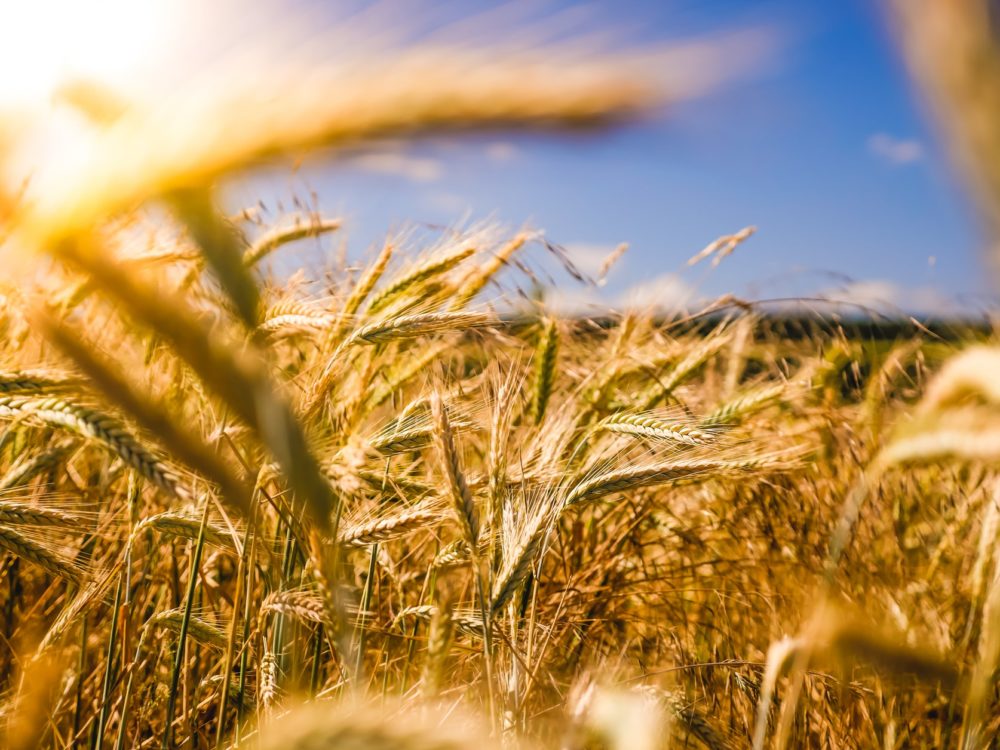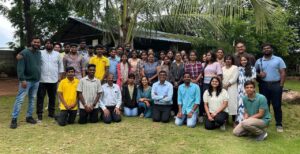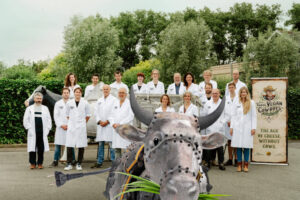Carbon markets generate a good deal of buzz in agriculture these days. They’ve also prompted a host of questions from farmers with little to no experience selling carbon credits – or even experience in the conservation practices related to generating credits. This less-experienced group is who Truterra, the sustainability arm of Land O’Lakes, is largely targeting with its recently launched 2022 carbon program.
Announced earlier this month, the program aims to make both carbon markets and climate-smart farming practices more accessible and rewarding to a greater number of farmers in the US. Truterra says the program is “designed to be the most farmer-favorable contract on the market that generates high quality, verified carbon assets.”
Land O’Lakes launched Truterra in 2016. The heart of its mission, according to its president Jason Weller, is to help farmers identify ways to improve their environmental stewardship while simultaneously boosting their profitability.
“From the very beginning, we’ve had this notion that conservation of natural resources can work alongside farmers’ goals around driving business success,” he tells AFN.
Continuing the mission
Truterra provides tools and solutions to farmers to assist them with the process of evaluating their current operations and moving towards more sustainable farming practices such as low- or no-till farming and cover cropping. These solutions also help farmers track their data more precisely and identify potential new markets.
Weller says the carbon program is “a continuation” of the overall Truterra mission. The inaugural carbon program, launched in February 2021, has made more than $4 million in cash payments. Collectively, participating farmers have sequestered roughly 200,000 metric tons of carbon.
There are two ways farmers can participate in the 2022 program.
The first approach — which was rolled out for the 2021 program — is for those that have already made changes to their practices around soil health in the past five years, such as minimizing tillage or adding cover crops or biomass to their production systems.
For 2022, Truterra has added an entirely new option geared towards farmers less experienced in conservation practices and carbon markets. The Carbon Market Access Program, as it’s called, is for those wondering how and where to even begin.
“The key here is adopting new, additional practices,” Weller says. He adds that this branch of the program is for “farmers that are interested in first benchmarking their current practices [and] making a practice change, and to get their farm or fields carbon-market ready.”
Through the Carbon Market Access Program, Truterra works with farmers to help them create the data they’ll need in order to generate carbon credits down the road. Truterra’s agronomy partners offer consultation to farmers on which climate-smart farming practices to implement and how, depending on the individual operation. The idea is to position these farmers to make carbon offers in the future, potentially in crop year 2023 or 2024.
‘Quality is paramount’
High costs, such as those around measuring carbon or buying inputs for extra crops, have prevented some farmers from entering the carbon markets so far – as have the logistical and economic challenges around transitioning to regenerative ag practices.
“The payback in terms of the value of an annual carbon credit is relatively low on a per-acre basis and won’t help bridge the gap of that upfront break,” Weller says. Practice change, such as shifting to no-till farming, “has a longer-term payback that, sometimes, farmers question the financials on.”
He says Truterra is exploring different ways to address this, from grants in partnership with the US Department of Agriculture and its Natural Resources Conservation Service, to connecting farmers with better financial assistance and offering a modeling tool that lets farmers virtually trial new practices.
An important aspect specific to the Carbon Markets Access Program is that farmers maintain all rights to their carbon. “When they’re ready to transact, we’ll be prepared to partner with them in that, but we’re not requiring the farmer to commit to a long-term assignment of rights or otherwise,” says Weller. “This is truly about helping farmers generate supply and bring that supply of carbon credits to the market.”
Farmers participating in the Carbon Markets Access Program may be eligible to receive one-time payments of up to $2 per acre for enrolling in the program.
“We’re taking this very seriously to ensure we’re generating the best possible estimate and the highest possible value to our farmer customers,” says Weller of the carbon program. “They have undertaken a lot of practice change and they should be rewarded for that […] Just as importantly, our customers that are purchasing those carbon assets, also expect to have a high-quality durable asset. And we believe this approach of quality is really paramount to ensure the long-term sustainability of this new market.”




